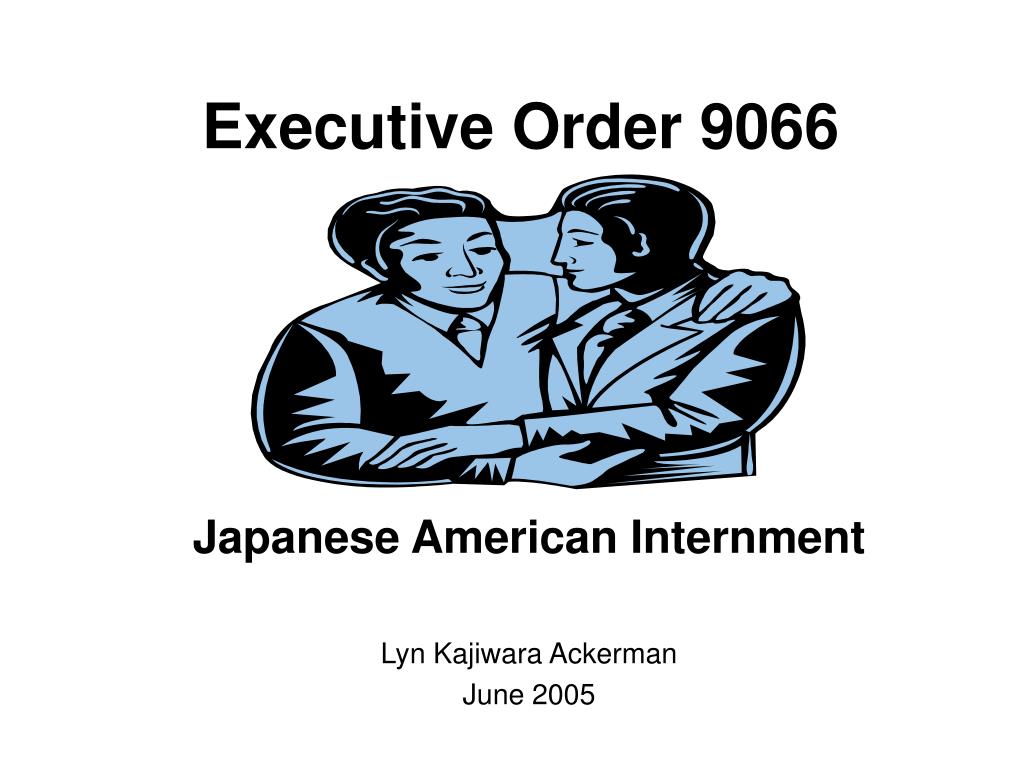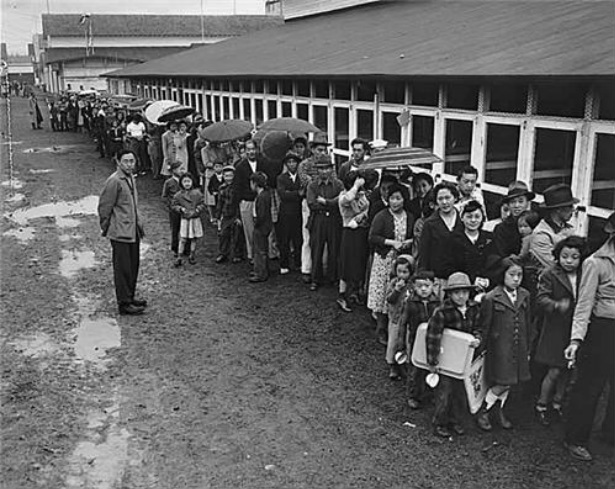

Instructions to All Persons is a unique exhibition that aims to examine the social impact of language and give viewers a critical space in which to contemplate the lessons of the past and how they continue to be relevant to the struggle for social justice today. Projections will coincide with the date of the orders’ issuance. Another special component will begin March 24, when the museum will present Moving Day, a public art piece in which reproductions of approximately 80 exclusion orders will be projected on the exterior of JANM’s historic building each evening from sundown to midnight. In addition, a limited number of special performances exploring the effects of legalized discrimination against minorities in America, produced with the assistance of East West Players, will take place in the galleries during the run of the exhibition. Roosevelt signed Executive Order 9066 on February 19, 1942, allowing for the exclusion of persons from designated areas for security purposes. Historic examples of these and other original documents from the time period and documentary videos, along with contemporary artworks by Wendy Maruyama and Mike Saijo, will form the substance of the exhibition, which will ask viewers how they might respond if presented with similar “instructions” today. “Instructions to All Persons of Japanese Ancestry” were the infamous first words seen at the tops of the posters.
#ORDER 9066 SERIES#
Shortly after Executive Order 9066 was issued, a series of Civilian Exclusion Orders were publicly posted all along the West Coast to notify persons of Japanese ancestry of their impending forced removal. Both documents are on loan from the National Archives.

The exhibition will include, through May 21 only, two pages of the original Executive Order 9066 and the original Presidential Proclamation 2537, a key precursor to EO 9066 that required aliens from the enemy countries of Germany, Italy, and Japan to register with the US Department of Justice. To commemorate the 75th anniversary of this historic miscarriage of justice, the Japanese American National Museum presents Instructions to All Persons: Reflections on Executive Order 9066, an educational and interactive exhibition designed to engage visitors in critical discussions of the Japanese American World War II experience and its continuing relevance today. The Columbia River was the dividing line between the two zones which people of Japanese ancestry had to leave and the zone where they were allowed to remain.On February 19, 1942, President Roosevelt signed Executive Order 9066, which paved the way for the forced removal and incarceration of 120,000 Japanese Americans from the West Coast following Japan’s bombing of Pearl Harbor. Washington State was divided into three military zones. Those who lived far enough inland were allowed to stay in their homes they were not considered a high security risk.


feared an attack on the west coast, it was only Japanese living on the coast who were targeted for internment. The exclusion and internment of people of Japanese ancestry was accepted because it seemed vital to national security. was also at war with Germany and Italy, German Americans and Italian Americans on the west coast were not required to move. On February 19, 1942, President Roosevelt signed Executive Order 9066, which targeted the Japanese by requiring them to leave their homes, businesses and possessions on the west coast and move inland. Order 66, also known as Clone Protocol 66, or simply 'the Order,' was a top-secret order identifying all Jedi as traitors to the Galactic Republic and, therefore, subject to summary execution by the Grand Army of the Republic. Pictured above is a farewell party for a Nisei girl whose family would soon be leaving the West Coast.Īfter the Pearl Harbor attack, people of Japanese ancestry were seen as potential traitors and threats to military security.


 0 kommentar(er)
0 kommentar(er)
